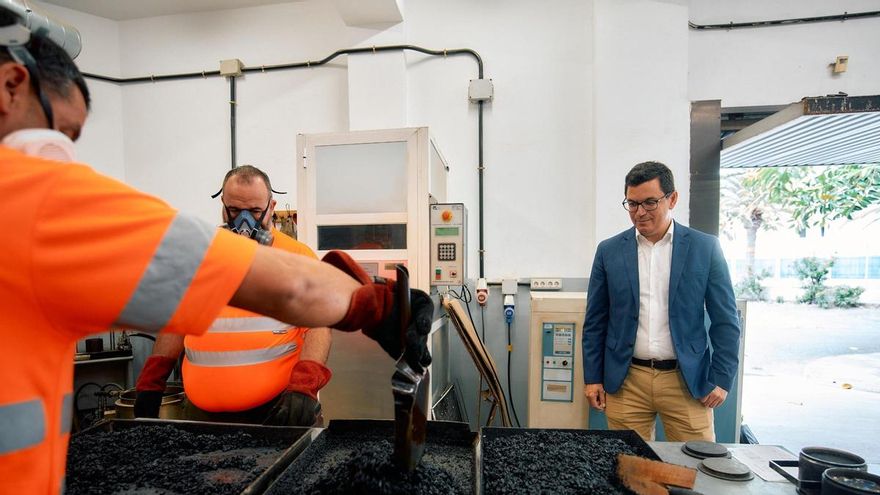Turning Waste into Sustainable Construction
Bricks, concrete, wood, metal, plastic, plaster, rubber, and glass—these materials contribute to the Canary Islands generating over 67,000 tons of construction and demolition waste annually, according to Spain’s National Statistics Institute (INE). This figure has risen sharply: from 20,000 tons in 2010 to 65,473 tons in 2021. Given the slow decomposition of many of these materials, the Canary Islands government is giving 40% of this waste a second life through circular economy initiatives, transforming it into new construction elements.
How Construction Waste Gets Recycled
The recycling process involves separating, classifying, and crushing materials to create recycled aggregates. These are then used for road construction, foundations, fillers, and even recycled concrete. The archipelago consumes 900 kg of aggregate per resident annually, while demolition and construction waste generates 400 kg per person. “This circular approach has dual sustainability benefits,” explains Javier Jubera, Head of Construction Quality and Laboratories for the regional government. “It reduces waste management demands and minimizes the need to import new aggregate.”
Volcanic Aggregate Innovation
The government’s Arovol project (Recycled Volcanic Aggregate) studies the properties of waste materials based on origin—such as where they were sourced, the type of construction, and treatment history—to determine optimal reuse conditions. The initiative has already produced building blocks from demolition debris and is now exploring ways to integrate recycled rubble into concrete production. Though skepticism remains about potential strength issues, regulations now permit up to 20% recycled coarse aggregate in structural concrete, and 100% in non-structural applications like subfloor layers.
Rubber Roads: A Pioneering Step
Another groundbreaking project involves mixing recycled tire rubber into road surfaces. Last year, the islands collected 7,483 tons of used tires. The “dry method”—incorporating tire rubber powder directly into asphalt—improves pavement durability and logistics. “This not only creates high-quality road surfaces but also prevents tires from being illegally stockpiled or becoming fire hazards,” says Jubera. Fuerteventura will soon debut the first rubber-modified road surface in Spain, using 200 tons of recycled material on the Caldereta-Airport route, positioning the Canaries as leaders in tire reuse.

